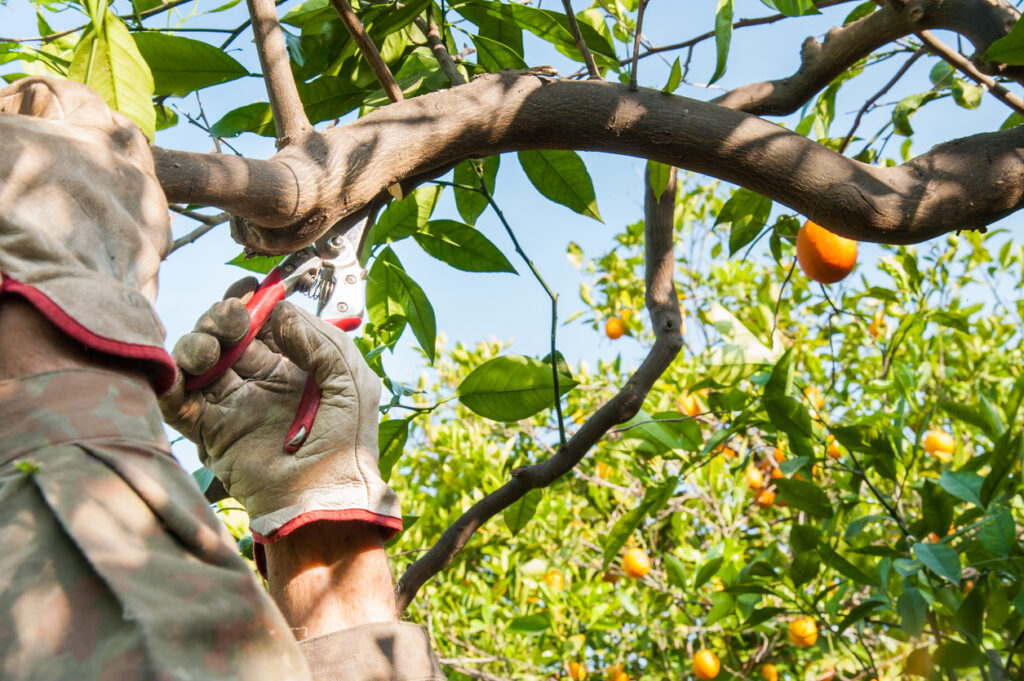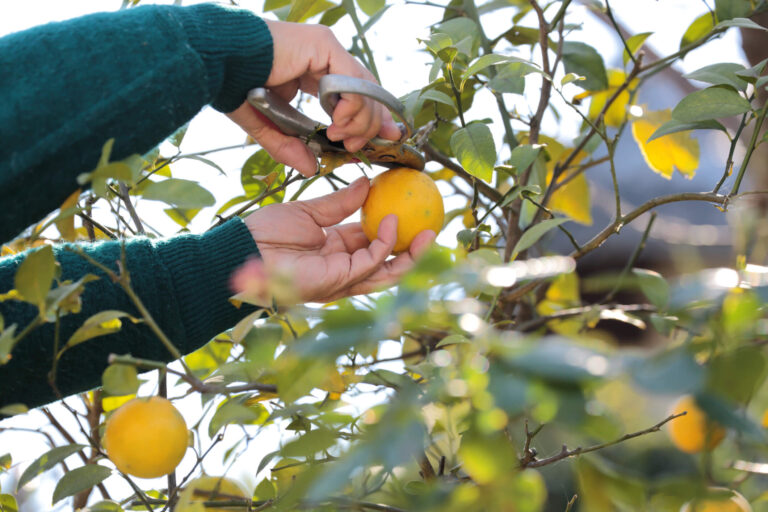Just like any other plant, a citrus plant requires regular care and maintenance. This is especially important during the first few years of their life when the tree is still young and developing. If you are thinking about planting one of these, we say that you should go with it.
Nevertheless, growing a citrus tree successfully and enjoying its fruit can prove to be a bit of a challenge in some cases. You need to know several things and complete several tasks to achieve this goal. In this article, we will discuss the two most common questions regarding pruning and also provide you with some additional tips.
When to prune a citrus tree?

Now, the answer to this question mainly depends on the age of your plant but there are some general rules.
If you want to learn more details, you should visit https://futureofjournalism.com.au/trimming-and-pruning-old-young-and-dwarf-citrus-trees-in-australia/.
In a nutshell, young trees need to be pruned regularly since they are still developing, and this is the best way to ensure a strong structure. On the other hand, you can do it once or twice a year when it comes to mature ones.
When it comes to the season of the year, most people go with the end of the fall, after the tree has produced yield, to prepare it for the winter. Later on, we will discuss why pruning is crucial, so it will be clear to you why you need to do it during this time of the year. If you live in a warm climate, you can do this during another part of the year, just make sure to avoid pruning during hot summer days.
Additional pruning tips
Since we have answered this question, let us provide you with some additional tips regarding this task. Not many people know this, but you should prune a citrus plant as soon as you plant it. The thing is that regardless of your efforts, you can’t create an absolutely perfect environment, and pruning a baby tree immediately after planting it is the best way to promote its growth and prevent diseases and damages. What’s more, when you do this, make sure to decide on the shape of branches you want them to grow into and trim it accordingly.
While on the subject of baby trees, you should also prune the tree in the first winter. When you do this, you should only leave a few branches, between four and six to be more exact. These will be the fruit-bearing branches, and since there won’t be any additional ones, these will receive all the nutrients. As you can assume, this way, you will improve the plant’s overall health and eventually enjoy delicious fruit.
Following this tip, you should cut all the secondary branches when trimming the tree every year. The secondary branches are the ones that grow on the fruit-bearing ones. They are unnecessary and can affect the harvest. However, don’t forget that you also need to trim the fruit-bearing branches occasionally, because it is the best way to promote their growth and health.
Trimming tools

Now, let’s discuss the second most common question, but before we provide you with a guide on trimming a citrus tree, we need to tell you about the tools you will need. As you probably already know, you will need a pruning shears first of all. If you don’t have a pair of these, you have probably done some research and learned that these come in several sizes. Naturally, you should pick a pair according to the age of your plant. It is crucial to disinfect these after every use because otherwise, you risk contaminating the plant and endangering its health. Next, you should also purchase an organic herbicide and apply it upon completing the task. This step of the process isn’t always necessary, but you should think of it as a preventive measure. Finally, you need to use a pair of gloves to protect your hands from scratches and cuts.
How to trim a citrus tree?

Many people assume that this process is pretty simple. You just take the shears and start cutting. Well, we wouldn’t say that this is a complex task, but it still requires some planning. Firstly, you need to be certain that you have the right tools at your disposal. Secondly, you cannot start trimming branches randomly. Instead, you need to take your time, thoroughly analyze the plant and understand which branches need to be removed. At the same time, it will be easy for you to notice if some of them are infected and what the degree of the damage is.
Upon completing this step, it is time to trim. You should start by removing small and thin branches first since these are the easiest to notice. As already explained, by eliminating these, you will ensure the growth of the primary, that is, the fruit-bearing ones. Additionally, don’t forget to cut away the water sprouts that grow need the base of the tree since these can steal away all the nutrients from the plant. When it comes to the technique you should use, you need to make sure that all the cuts are done at an angle of 45 degrees.
Furthermore, you should also trim the sections near the bottom of the plant. Even though this may appear to be wasteful, the truth is that this way, you will help the top sections develop and produce delicious fruit. Similarly, low branches and leaves that touch the ground can easily get infected, and it won’t take long for the pests to reach other parts of the plant.
Finally, don’t forget to prune the top sections, but truth be told, this is more of an aesthetic matter. Due to this reason, you need to make sure not to do overdo it. You would be surprised to learn how easy it is to make this mistake. If you were to do this, you would endanger the overall well-being of the tree, and all your previous work would be for nothing. Because of this, you need to analyze this process thoroughly to ensure you will complete it successfully, or if you don’t feel confident about doing it, you can always hire professionals.

